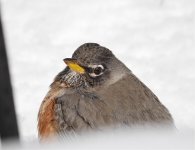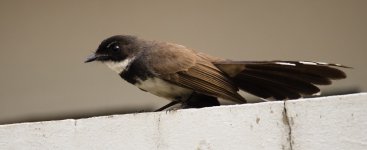Rapala
Well-known member
I'm sure there's been a post similar to this before, but I'll bring it up again. Is there any dividing line between the two? (MFT vs. DSLR). I'm relatively new to the idea, but I know they have a larger sensor (than my superzoom), are fairly lightweight, has a 2x crop factor, etc. I've read that they aren't particularly good in low light and have a slow focusing system. Both of these could be drawbacks to my purchase, if I do decide to take the MFT path.
Should I just stick with my Fujifilm superzoom, or change to a different bridge-camera, like the HS50? Weight isn't a huge problem (of course, the lighter the better B ), and the price isn't really either- if necessary I'll wait a bit and save up, or wait for the price to drop. I really want higher picture quality (than my superzoom), and for that I'm not sure which would be best.
), and the price isn't really either- if necessary I'll wait a bit and save up, or wait for the price to drop. I really want higher picture quality (than my superzoom), and for that I'm not sure which would be best.
Are there MFT any that you would suggest? The biggest factor is probably how fast the focusing is. I've been looking at the Panasonic G series, but I'm open to anything. (If possible, could you attach any sample pictures so I can see what I'm getting into?) Thanks
EDIT: Now that I see there are only two pages to the MFT forum, and that there is not a post similar to this :eek!:
Should I just stick with my Fujifilm superzoom, or change to a different bridge-camera, like the HS50? Weight isn't a huge problem (of course, the lighter the better B
Are there MFT any that you would suggest? The biggest factor is probably how fast the focusing is. I've been looking at the Panasonic G series, but I'm open to anything. (If possible, could you attach any sample pictures so I can see what I'm getting into?) Thanks
EDIT: Now that I see there are only two pages to the MFT forum, and that there is not a post similar to this :eek!:
Last edited:






